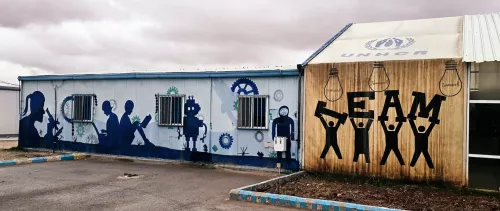
Contact tracing is a key public health response to limit infectious disease outbreaks such as the global COVID-19 pandemic.
More than ever, authorities worldwide are using the power of mobile technologies to help them understand and manage the spread of COVID-19.
GPS, Bluetooth, cellphone masts and AI-powered big data analytics are now being used in countries across the world to collect data that helps authorities improve these efforts and save lives.
But how can we preserve personal privacy and maintain public trust while using these technologies to perform crucial contact tracing?
Key experts discussed these issues on Friday in Episode 2 of the AI for Good Webinar Series: COVID-19 – Using mobile phones & AI for contact tracing while respecting privacy.
Mobile technologies on the frontline in the fight against COVID-19
One central goal of contact tracing is to identify people who have come into close contact with people who have the virus, explained Reinhard Scholl, Deputy Director of ITU’s Telecommunication Standardization Bureau (TSB), as he kicked off the webinar.
“Is it possible to have both privacy and health?” asked Scholl. “The fear is that the short-term emergency measures that have been taken right now will stay long after the madness has passed.”
Indeed, many countries have felt the need to relax privacy laws during the crisis in order to use data to prevent the spread of COVID-19.
The webinar discussed current efforts to avoid that trade off — and to preserve personal privacy while providing effective ways to leverage mobile data that could potentially save millions of lives.
Kurt Rohloff, Co-founder and CTO of Duality Technologies, explained how his company allows organizations to apply advanced analytics and artificial intelligence (AI) to data while it is encrypted to generate insights without exposing protected data.
Continue reading on ITU News

